A week ago, the news broke that industrial chemicals had spilled into a tributary of the Delaware River, possibly contaminating Philadelphia’s drinking water. Following the announcement, there was a rush on bottled water, a less publicized rush of people checking on their neighbors, and constantly changing updates from the city, until our water was declared safe to drink a few days later.
A few friends and neighbors asked me whether they were paranoid to be skeptical of the city (they’re not), which got me thinking about other stories I’ve heard while doing research on environmental justice. Here are some of the national patterns I’ve observed and how they played out in my home town.
Delayed announcements
The first thing Philadelphians noticed was that the spill happened on Friday, and we were notified on Sunday. When we were told, officials said that just to be on the safe side, we should consider switching to bottled water pretty much immediately, which raised legitimate questions about why we weren’t told earlier. Unfortunately, delayed and incomplete information is common as officials and especially companies typically worry more about public perception than they do the public.
The consequences of delay may depend on the type and volume of chemicals and their proximity to drinking water sources. In the 2014 Elk River spill in West Virginia, a leak that was spotted in the morning wasn’t shared with the public until after 5pm, by which point Charleston’s water supply was contaminated with chemicals used in the processing of coal, sending some people to the hospital with nausea.
The delay in acknowledging the Flint water crisis was notoriously egregious. To save money, the city’s water source was switched by the state in April 2014, and Flint residents were soon complaining about the taste and smell. Within months, General Motors noticed that the water was corroding its pipes and got its water source changed. Doctors noticed the impacts on patients, especially children. But a lead advisory for Flint was not issued until September 2015, almost a year and a half after the problem began. Many rightly wondered if they would have been warned sooner had they not been a predominantly Black city. The delay caused lifelong, serious health problems for many children, as well as adults.
Officials try to calm people more than they try to protect them
One of the first things that concerned me in Philly was the fact that the city downgraded its warning a few hours after its initial announcement caused a run on water bottles. While it’s true that officials shouldn’t panic people unnecessarily, they often seem to worry more about panic than they do the possibility of people being poisoned. This can lead to wording that is misleading in the extreme.
On Monday morning, I heard a radio interview with a person whose name I missed. She said that they didn’t think the chemical from the spill had made it into Philly’s water, but even if it had, that chemical wouldn’t cause any immediate harm. Her language reminded me of the Arizona Department of Environmental Quality (ADEQ), which failed for years to acknowledge that there were high levels of uranium in one Navajo community’s drinking water (the result of a massive uranium wastewater spill in New Mexico years earlier where toxins gradually migrated across the state border). When independent research forced the ADEQ to acknowledge the problem, they sent residents a letter stating that uranium “does not pose an immediate risk to your health”—as if being killed slowly instead of quickly was good news. Like in Michigan, racism is believed to explain the egregious level of indifference by Arizona officials.
Unequal vulnerability and power
Crises reveal and exacerbate many forms of inequality. In Philadelphia, a map circulated showing that some parts of the city were more likely to receive the contaminated water than others. Although I live in one of those sections, I was immediately aware of my other advantages, starting with car ownership and disposable income. I learned the news right after gardening, so I drove to a suburban branch of my gym to take a shower. My husband and I also decided to eat out that night in the suburbs, so as not to use up the extra water I always keep on hand. Those who can’t afford bottled water, who don’t have cars, or who are homebound are especially disadvantaged in any water emergency. So are those who don’t read English, the only language used in Philadelphia’s initial announcements, even though it is not the only language spoken here.
As the lead crisis in Flint showed, children are uniquely vulnerable to toxic exposure. In Philly, I was disappointed that news reports didn’t make clear that parents should be extra cautious. I certainly would have waited longer to use Philly water again if I had been pregnant or nursing. As it was, I did feel gradually reassured by a few factors as the days passed. While estimates of a spill’s volume often increase after the initial estimate, reports continued to describe the Pennsylvania spill as about 8,100 gallons. Although 8,100 gallons is still too many, larger spills are much harder to contain. For contrast, 27 million gallons of coal ash wastewater spilled from a Duke Energy coal ash pit into the Dan River, which borders North Carolina and Virginia. Contaminants in that 2014 accident included mercury, lead, and arsenic, all more deadly than the Pennsylvania chemicals, according to reports.
The North Carolina example exemplifies another aspect of inequality, the collusion of the rich and powerful. Duke Energy, the company responsible for that spill, was the largest direct campaign contributor to the governor, who actually worked for Duke for decades before going into politics. Only after the disaster did most people learn that for years Duke had not made recommended safety improvements to its coal ash pits, which were placed near low-income Black communities. Despite Duke’s obvious fault, the state let the company off easy for the spill, with what many considered outrageously low fines. Unfortunately, this kind of catering to industry is a bipartisan problem. Years after the catastrophically large BP oil spill—which killed many animals and people along the Gulf of Mexico—one Black Louisianan activist told me he was furious and disappointed that the Obama Administration fined the oil giant far less than the cost of the disaster. Debate ensued about how much money BP had given to Obama’s campaign and whether that was the reason.
When the headlines fade
It was only after the water piped into human homes was declared safe that the Philadelphia Inquirer ran a story on the spill’s risk to other species. This, too, is typical. But other species—in addition to having their own right to safe water—can help us understand the true cost and toxicity of our industrial economy. A year after the BP spill, pelican eggs in Minnesota were found to contain chemicals from the spill and its clean up (which used other toxic chemicals to sink the oil out of human sight). One study estimated that migrating turtles would carry toxins from the Gulf of Mexico across the Atlantic to West Africa. We live in an interconnected world, as the movement of water and migrating species remind us.
Although Philadelphia’s headlines have moved back to gun violence, politics, and the asbestos in our public schools, the spill inspired at least a few stories on the ongoing water pollution issues in our region. Such attention is one positive outcome. We can also use this incident to raise questions about why petrochemical companies are so accident prone in the first place and ask why they are more accountable to shareholders than to the communities where they operate. The organization I work with, Earth Quaker Action Team, went down to the Delaware River Monday to highlight the fact that the asset manager Vanguard—which we are pressuring to change course—invests not only in the companies fueling climate change, but also those causing spills like the one that shook our community. As long as we allow short-term profit to be prioritized over people and the planet, companies will take short cuts that put us all at risk, even if the risk isn’t equal.
Sometimes, water crises help communities face such shared but unequal risk. After the North Carolina coal ash spill, an inter-racial coalition formed which pushed for and won cleanup of Duke’s remaining coal ash pits. In Flint, persistent citizen advocacy eventually got the city’s water source changed. In West Virginia, people delivered water to their neighbors, knowing that many West Virginians could not afford bottled water for as long as it was recommended. Although our scare was relatively short, in Philadelphia I heard of people looking out for their homebound neighbors and driving carless friends to suburban stores for water. Those stories got less attention than examples of hoarding, but it’s important to remember that the impulse to help each other is strong and can be encouraged. My friend Dwight Dunston pulled together a Zoom meeting for our community to share their feelings and information, an offering that was deeply appreciated by the group.
Although I’ve decided to resume using water out of my Philadelphia tap, I will continue to filter it and keep extra on hand in glass water jugs, since keeping water in plastic exposes us to different toxins. After last week, I’m adding an extra jug or two for neighbors who might need it. I also intend to remind myself more often that each sip I take connects me to my neighbors and the wider world we all inhabit.
by Eileen Flanagan. If you would like to receive my occasional newsletter with reflections like this one, please sign up on the form to the right.

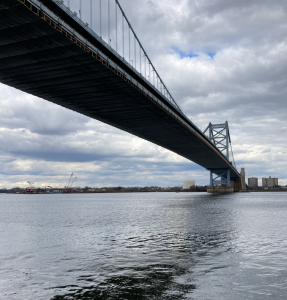

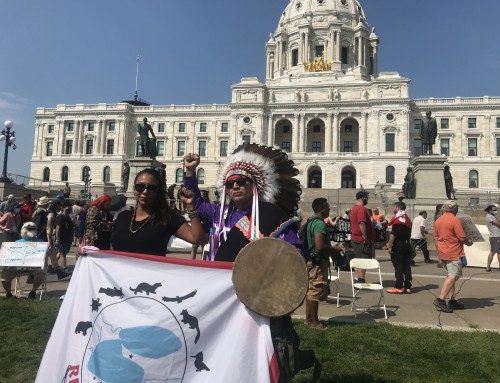
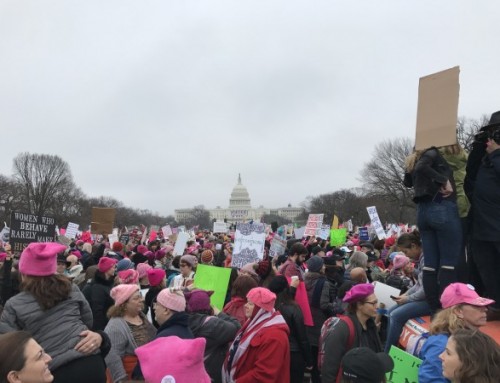
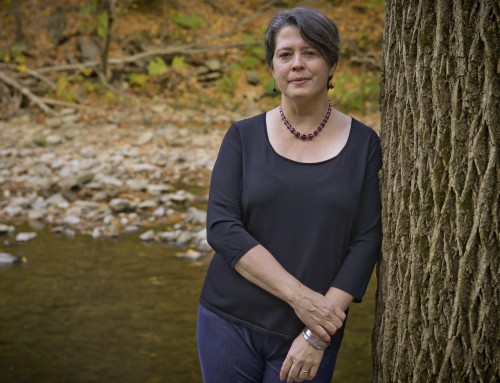
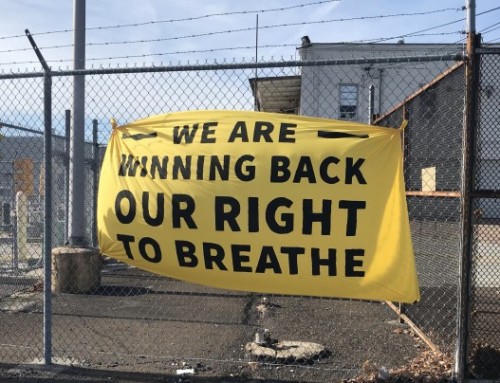
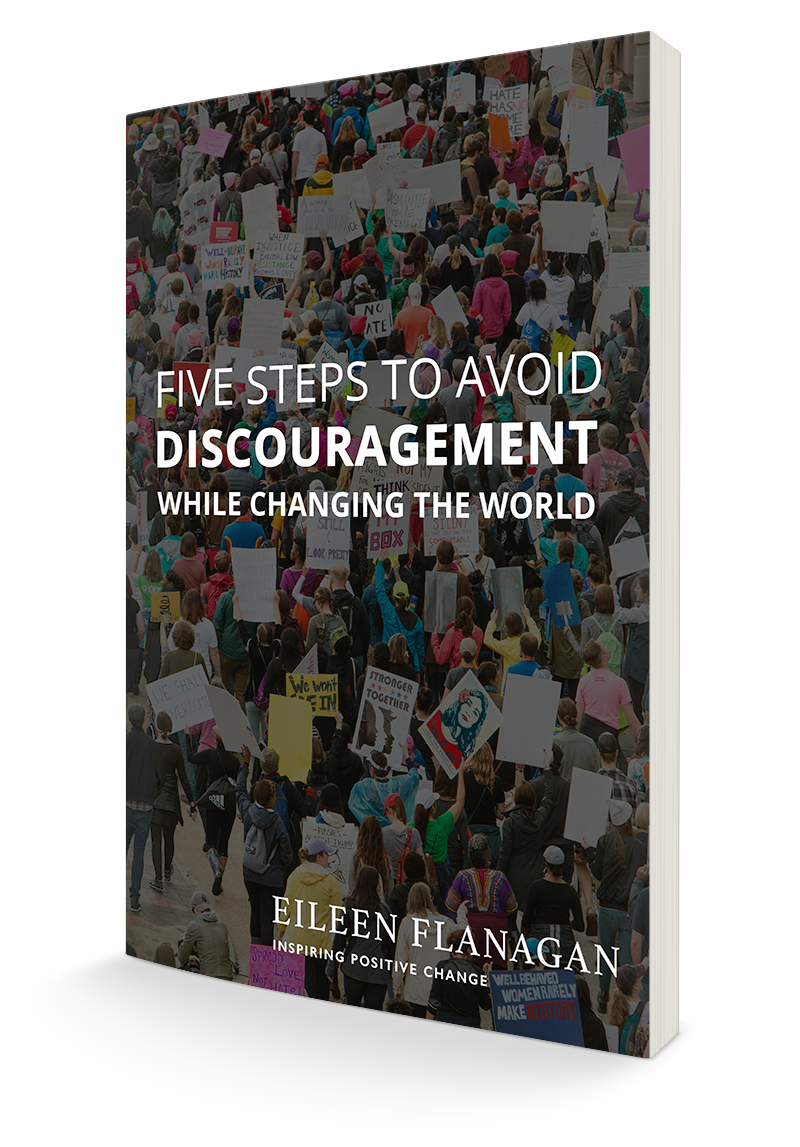
Leave A Comment